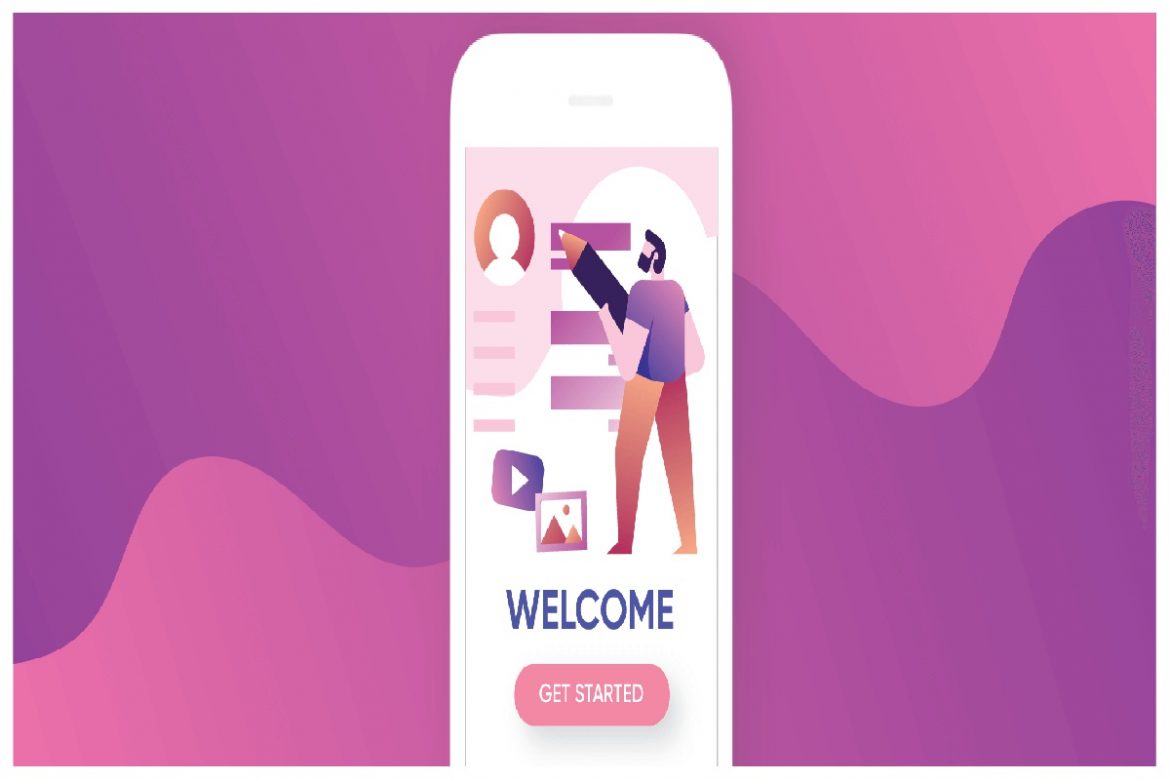Product adoption has become a challenging task in almost all the enterprise application these days. Promoting the application at times might seem to be a temporary solution but again implementing and running is a challenging part and any mislead leads to loss of money, time and impacts employees’ effectiveness. To bring a solution, here in this article we discuss about the methodology known as In-app User assistance and also explains the workflow to improve the product adoption effectively.
Table of Contents
User on-boarding with In-app user assistance
The more traditional way of getting the new application into the users mind is to provide effective training sessions, instructor led-workshops followed by static learning methods, eBooks and the modes which might again takes lot of time and effort, leading to lower knowledge retention. This might negatively affect the using of app by the users initially, however, with the help of In-app user assistance, the users can be provided with all necessary information while they still engage with the application. This workflow might increase the efficiency of learning app consequently as the users are learning by doing and the effect is long-lasting.
Here we discuss more about the commonly used in-app assistance used by the on-boarding process:
Habituating product tours to acquaint your application
By using the product tour – which is the best way of offering the in-app assistance by engaging with the users and assist them to know the value of the app by using the first learning experience. This can be done by providing product adoption process mentioning the vital elements within the app and requesting the users to start working instantly.
Can assist users and encourage them with instant pop-ups
You can start your in-app user support can be provided right from introducing the pop-ups and these can be included with CTAs, product links, tour links or other way of promoting the users with the messages that helps them to move forward inside the app.
These new ways of assisting users can be helpful to get their attention inside the app including informing them about scheduled maintenance, or any alert that you wish to deliver them.
Effective on-boarding incentive that is gamified in the app
Here is another effective way to help the users to understand the in-app assistance – gamified assistance. This is very similar to that of the player progress in the game by level completing options by increasing the complexity. The entire concept is to motivate the user to give incentives during the game process. Here the customer can use plethora of modules that is catered to their roles with providing interactive quiz, prizes, simulations, etc. This enables them to get back to app and keep the record of progress.
Training the users with the help of the In-app guidance
The ultimate goal of the app is to make the user understand the concept of application and also the other way to make the user develop from the newbie is to offer them with the devise of training plan and for this user needs to be engaged consistently on the application. This can be achieved by using the In-app user assistance. But how can this be possible? This can be achieved by the app as it helps the user to refrain information in better way while they are still in the application. This might also helps the user to apply concepts in other apps as well.
Furthermore, we explain below some of the ways to train the users with in-app assistance:
Motivate the user using the goal-orientation tasks
Assisting the users with the learning knowledge management system can help them with providing apt resource and assist them to learn in their own pace. Digital adoption platform assists the user to create the task based on the micro LMS within the app and with the help of the new widget Task-list, the training can be given in a modular approach using videos, PDFs, and by other means.
Providing assistance with a blended learning approach
The process involves the combinatorial method of classroom training, workshops, instructor training programs, and modern methods of learning the process through web-based training, and e-learning.
Using such novel training methodology, you can provide in-app assistance, and also deliver them with benefits of approaching training.
Delivering the data using bite-sized training modules
Losing attention being the most common scenarios with the users while training, ensure you take breaks during the sessions. This can be done by breaking down the content into bite-sized modules and promoting it in the application. This might help to provide the user with the right information that gains the users attention.
Conclusion
To get the users attention, In-app user attention software has been developed through its variable models of delivery in quick and easy manner. This ultimately replaces the traditional way of training and support and helps to deliver the product adoption in easy manner.


